-
 bitcoin
bitcoin $122025.899241 USD
-2.12% -
 ethereum
ethereum $4488.068729 USD
-4.11% -
 bnb
bnb $1315.348019 USD
8.65% -
 tether
tether $1.000457 USD
0.03% -
 xrp
xrp $2.875326 USD
-3.69% -
 solana
solana $222.043604 USD
-4.07% -
 usd-coin
usd-coin $0.999682 USD
0.00% -
 dogecoin
dogecoin $0.249887 USD
-5.62% -
 tron
tron $0.337379 USD
-2.59% -
 cardano
cardano $0.827763 USD
-5.06% -
 hyperliquid
hyperliquid $45.774531 USD
-2.43% -
 chainlink
chainlink $22.079309 USD
-5.87% -
 ethena-usde
ethena-usde $1.000156 USD
0.02% -
 sui
sui $3.482566 USD
-3.57% -
 stellar
stellar $0.386982 USD
-4.92%
Are all NFTs on the Ethereum blockchain?
Ethereum pioneered NFTs with standards like ERC-721, but blockchains like Solana, Polygon, and Flow now offer competitive alternatives with lower fees and faster transactions.
Aug 08, 2025 at 08:49 pm
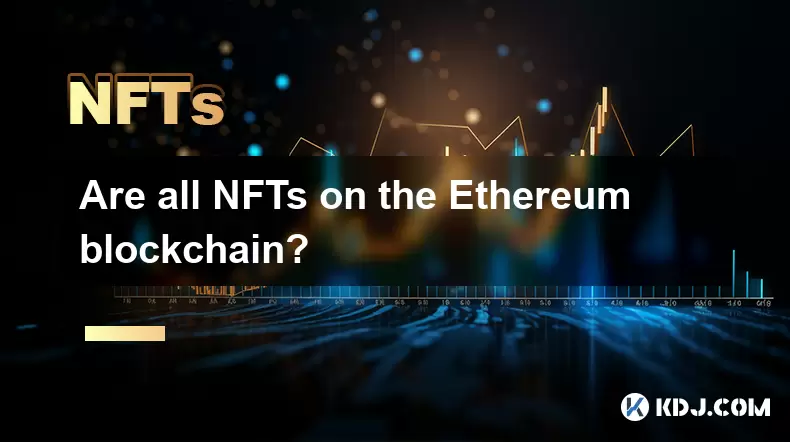
Understanding the Ethereum Dominance in the NFT Space
The Ethereum blockchain has played a foundational role in the development and popularization of non-fungible tokens (NFTs). Most early NFT projects, including high-profile ones like CryptoPunks, Bored Ape Yacht Club, and Art Blocks, were launched on Ethereum. This dominance stems from Ethereum’s support for smart contracts, which allow developers to create tokens with unique metadata and ownership records. The ERC-721 and ERC-1155 token standards, both native to Ethereum, became the blueprints for how NFTs are structured, verified, and transferred. Because of this, many people associate NFTs exclusively with Ethereum.
However, the perception that all NFTs are on Ethereum is a misconception. While Ethereum remains a major hub, it is not the only blockchain supporting NFTs. The infrastructure and community built around Ethereum made it the default choice during the NFT boom of 2020–2021, but alternative blockchains have since emerged with competitive offerings. These alternatives often aim to solve Ethereum’s limitations, such as high gas fees and network congestion, by offering faster transactions and lower costs.
Alternative Blockchains Hosting NFTs
Several blockchains now support NFT creation and trading, each with distinct technical and economic models. Solana, for example, has gained traction due to its low transaction fees and high throughput. Platforms like Magic Eden and Metaplex have established Solana as a strong contender in the NFT space. Solana uses a unique consensus mechanism combining Proof of History (PoH) with Proof of Stake (PoS), enabling rapid confirmation of NFT transactions.
Polygon is another significant player. As a Layer 2 scaling solution for Ethereum, Polygon maintains compatibility with Ethereum’s tools and standards while drastically reducing gas costs. NFTs minted on Polygon follow the same ERC-721 and ERC-1155 standards, allowing seamless integration with Ethereum-based wallets and marketplaces like OpenSea. This interoperability makes Polygon an attractive option for creators seeking cost efficiency without sacrificing accessibility.
Other chains like Tezos, Flow, and Cardano also host NFT ecosystems. Flow, developed by Dapper Labs, powers NFT projects such as NBA Top Shot and emphasizes user-friendly onboarding and energy efficiency. Tezos promotes on-chain royalties and formal verification for smart contracts, appealing to artists concerned with long-term ownership rights. Each of these platforms offers different trade-offs in terms of speed, cost, decentralization, and developer support.
Minting an NFT on a Non-Ethereum Blockchain: A Step-by-Step Guide
Creating an NFT on a blockchain other than Ethereum involves specific steps tailored to the platform. Below is a detailed walkthrough for minting an NFT on Solana using Metaplex:
- Install the Solana Command Line Tools (CLI) by visiting the official Solana documentation and following the setup instructions for your operating system
- Generate a wallet keypair using the command
solana-keygen new --outfile ~/.config/solana/devnet.json - Switch to the Devnet environment with
solana config set --url devnetto test without spending real SOL - Fund your wallet using a Solana Devnet faucet to receive test tokens
- Upload your digital asset (image, video, etc.) to a decentralized storage service like Arweave or IPFS
- Use the Metaplex CLI to create your metadata JSON file, specifying name, symbol, description, and asset URI
- Run the
metaplex uploadcommand to deploy your metadata and asset to the blockchain - Execute
metaplex verifyto confirm your NFT has been successfully minted
This process highlights how NFT creation varies across chains. Unlike Ethereum, where tools like Remix IDE or OpenSea’s lazy minting dominate, Solana relies more on command-line interfaces and decentralized storage integration.
Cross-Chain NFTs and Interoperability Solutions
The existence of NFTs across multiple blockchains raises the challenge of interoperability. Users may want to move an NFT from Ethereum to Polygon or display a Solana-based collectible in an Ethereum wallet. To address this, cross-chain bridges and interoperability protocols have emerged. Projects like Wormhole and LayerZero enable NFTs to be locked on one chain and represented as wrapped tokens on another.
For example, a user can lock a Solana NFT in a Wormhole-controlled account and receive a corresponding ERC-721 token on Ethereum. This wrapped NFT behaves like a standard Ethereum NFT but reflects the state of the original asset. While powerful, these systems introduce security considerations, as bridges have been targeted by hackers in the past. Users must verify the legitimacy of the bridge and understand the custody model before transferring assets.
Another approach is multi-chain NFT deployment, where creators mint the same NFT collection on multiple blockchains simultaneously. This strategy increases accessibility but can dilute scarcity if not carefully managed. Metadata must be consistently hosted, and marketplaces need to support multi-chain listings to ensure visibility.
Wallet and Marketplace Support for Multi-Chain NFTs
Modern digital wallets and NFT marketplaces have adapted to the multi-chain reality. Phantom, primarily a Solana wallet, supports SPL tokens and Solana-based NFTs. Rainbow Wallet and MetaMask allow users to connect to multiple networks, including Ethereum, Polygon, and Avalanche, enabling NFT management across chains.
Marketplaces like OpenSea now list NFTs from Ethereum, Polygon, Solana, and Klaytn. When browsing, users can filter by blockchain to locate assets on a specific network. Blur, focused on professional traders, supports Ethereum-only NFTs but offers advanced analytics. Meanwhile, Tensor specializes in Solana NFTs, providing auction-style listings and real-time floor price tracking.
To view a non-Ethereum NFT in MetaMask, users must manually add the network. For Polygon, this involves entering the RPC URL, chain ID (137), and currency symbol (MATIC). Once added, NFTs on that network appear in the wallet’s collectibles tab, provided they are properly indexed.
Frequently Asked Questions
Can an NFT exist on more than one blockchain at the same time?An NFT cannot natively exist on multiple blockchains simultaneously. Each NFT is tied to the blockchain it was minted on. However, clones or representations can be created on other chains through multi-chain minting or cross-chain bridging, but these are considered separate assets unless linked through a formal interoperability protocol.
How do I know which blockchain my NFT is on?Check the marketplace where the NFT was purchased or minted. The platform typically displays the blockchain (e.g., Ethereum, Solana). In wallets like MetaMask, NFTs are grouped by network. Transaction history on a block explorer like Etherscan or Solana Explorer will also show the originating chain.
Are NFTs on other blockchains less valuable than those on Ethereum?Value is determined by market demand, not the underlying blockchain. While Ethereum-based NFTs often command higher prices due to brand recognition and liquidity, successful projects on Solana or Polygon can achieve significant valuations. Scarcity, community, and utility play larger roles than the chain itself.
Do all NFT marketplaces support every blockchain?No. Marketplaces have varying levels of blockchain support. OpenSea supports multiple chains, while others like Magic Eden focus on Solana, and LooksRare operates exclusively on Ethereum. Always verify a platform’s supported networks before listing or purchasing.
Disclaimer:info@kdj.com
The information provided is not trading advice. kdj.com does not assume any responsibility for any investments made based on the information provided in this article. Cryptocurrencies are highly volatile and it is highly recommended that you invest with caution after thorough research!
If you believe that the content used on this website infringes your copyright, please contact us immediately (info@kdj.com) and we will delete it promptly.
- BlockDAG, DOGE, HYPE Sponsorship: Crypto Trends Shaping 2025
- 2025-10-01 00:25:13
- Deutsche Börse and Circle: A StableCoin Adoption Powerhouse in Europe
- 2025-10-01 00:25:13
- BlockDAG's Presale Buzz: Is It the Crypto to Watch in October 2025?
- 2025-10-01 00:30:13
- Bitcoin, Crypto, and IQ: When Genius Meets Digital Gold?
- 2025-10-01 00:30:13
- Stablecoins, American Innovation, and Wallet Tokens: The Next Frontier
- 2025-10-01 00:35:12
- NBU, Coins, and Crypto in Ukraine: A New Yorker's Take
- 2025-10-01 00:45:14
Related knowledge
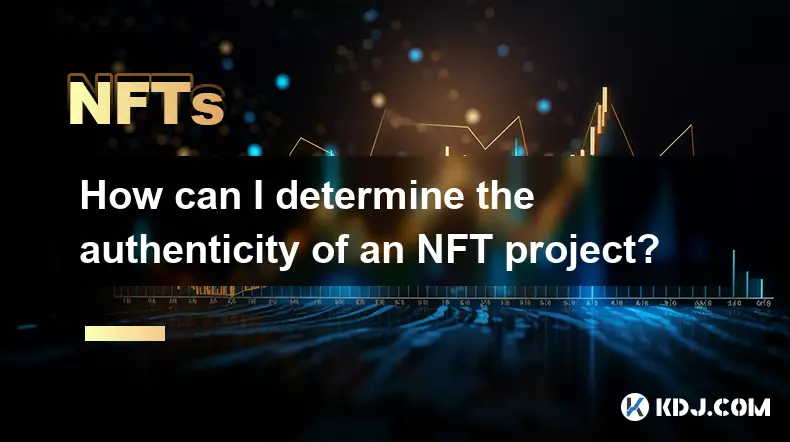
How can I determine the authenticity of an NFT project?
Sep 23,2025 at 05:18pm
Understanding the Project Team and Their Background1. Research the identities of the team members behind the NFT project. Verified social media profil...
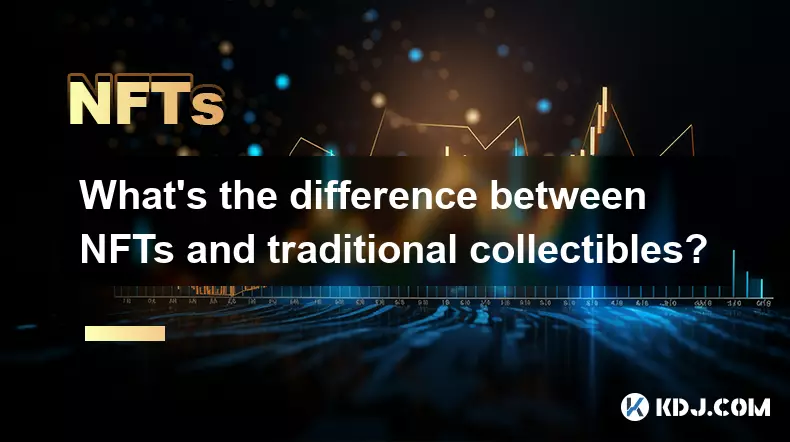
What's the difference between NFTs and traditional collectibles?
Sep 19,2025 at 12:55pm
Digital Ownership and Provenance1. NFTs are built on blockchain technology, which ensures transparent and immutable records of ownership. Every transa...
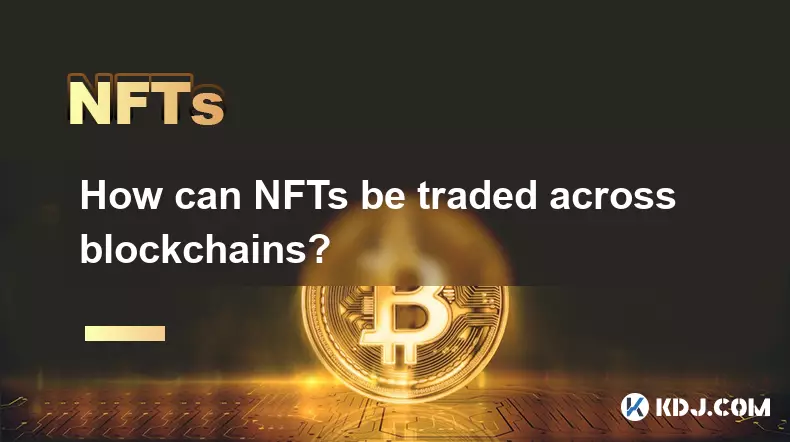
How can NFTs be traded across blockchains?
Sep 19,2025 at 12:00pm
Understanding Cross-Chain NFT Trading1. Non-fungible tokens (NFTs) are digital assets that represent ownership of unique items on a blockchain. Origin...
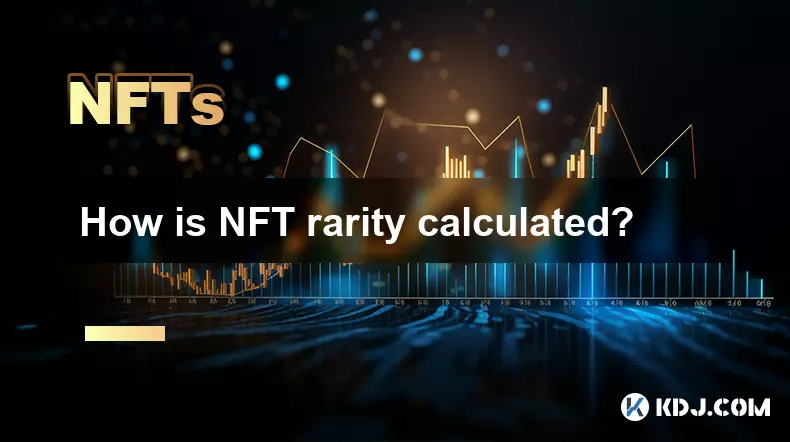
How is NFT rarity calculated?
Sep 18,2025 at 07:54pm
Understanding NFT Rarity Metrics1. NFT rarity is determined by analyzing the uniqueness of individual traits within a collection. Each NFT typically c...
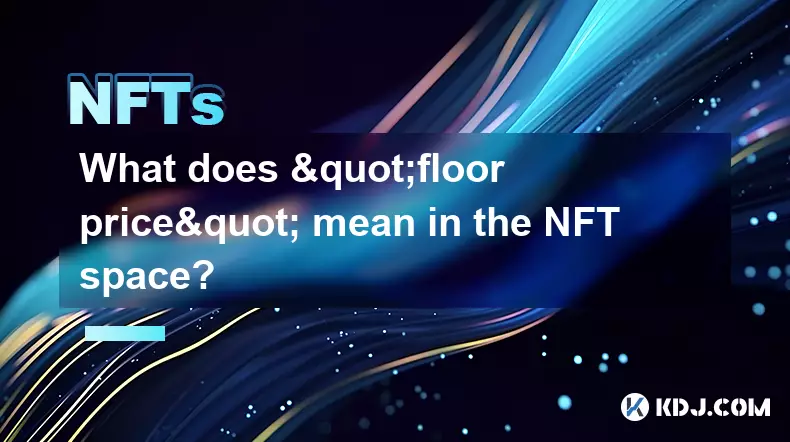
What does "floor price" mean in the NFT space?
Sep 22,2025 at 06:36am
Floor Price: A Core Metric in the NFT Marketplace1. The term floor price refers to the lowest current asking price for any item within a specific NFT ...

How do NFTs help content creators?
Sep 18,2025 at 08:00am
NFTs Empower Creators with Ownership and Monetization1. NFTs provide content creators with verifiable ownership of their digital works, ensuring authe...

How can I determine the authenticity of an NFT project?
Sep 23,2025 at 05:18pm
Understanding the Project Team and Their Background1. Research the identities of the team members behind the NFT project. Verified social media profil...

What's the difference between NFTs and traditional collectibles?
Sep 19,2025 at 12:55pm
Digital Ownership and Provenance1. NFTs are built on blockchain technology, which ensures transparent and immutable records of ownership. Every transa...

How can NFTs be traded across blockchains?
Sep 19,2025 at 12:00pm
Understanding Cross-Chain NFT Trading1. Non-fungible tokens (NFTs) are digital assets that represent ownership of unique items on a blockchain. Origin...

How is NFT rarity calculated?
Sep 18,2025 at 07:54pm
Understanding NFT Rarity Metrics1. NFT rarity is determined by analyzing the uniqueness of individual traits within a collection. Each NFT typically c...

What does "floor price" mean in the NFT space?
Sep 22,2025 at 06:36am
Floor Price: A Core Metric in the NFT Marketplace1. The term floor price refers to the lowest current asking price for any item within a specific NFT ...

How do NFTs help content creators?
Sep 18,2025 at 08:00am
NFTs Empower Creators with Ownership and Monetization1. NFTs provide content creators with verifiable ownership of their digital works, ensuring authe...
See all articles










































































